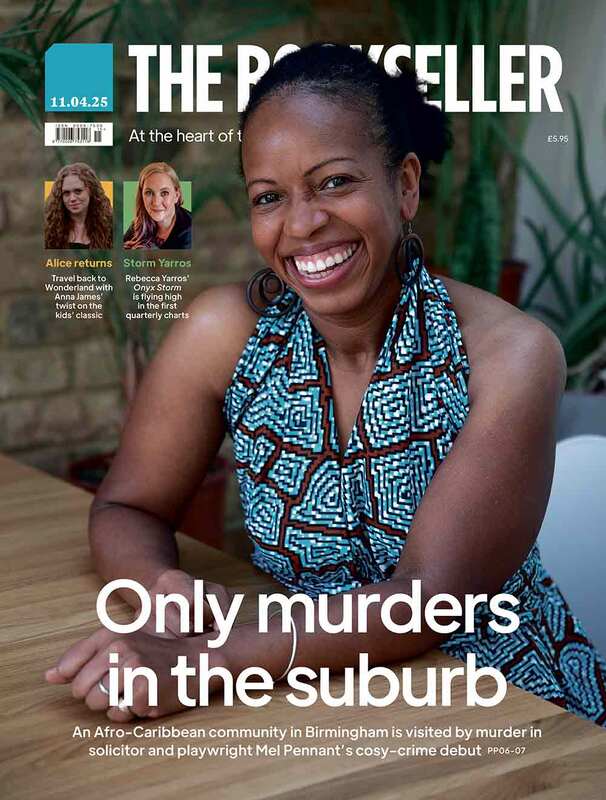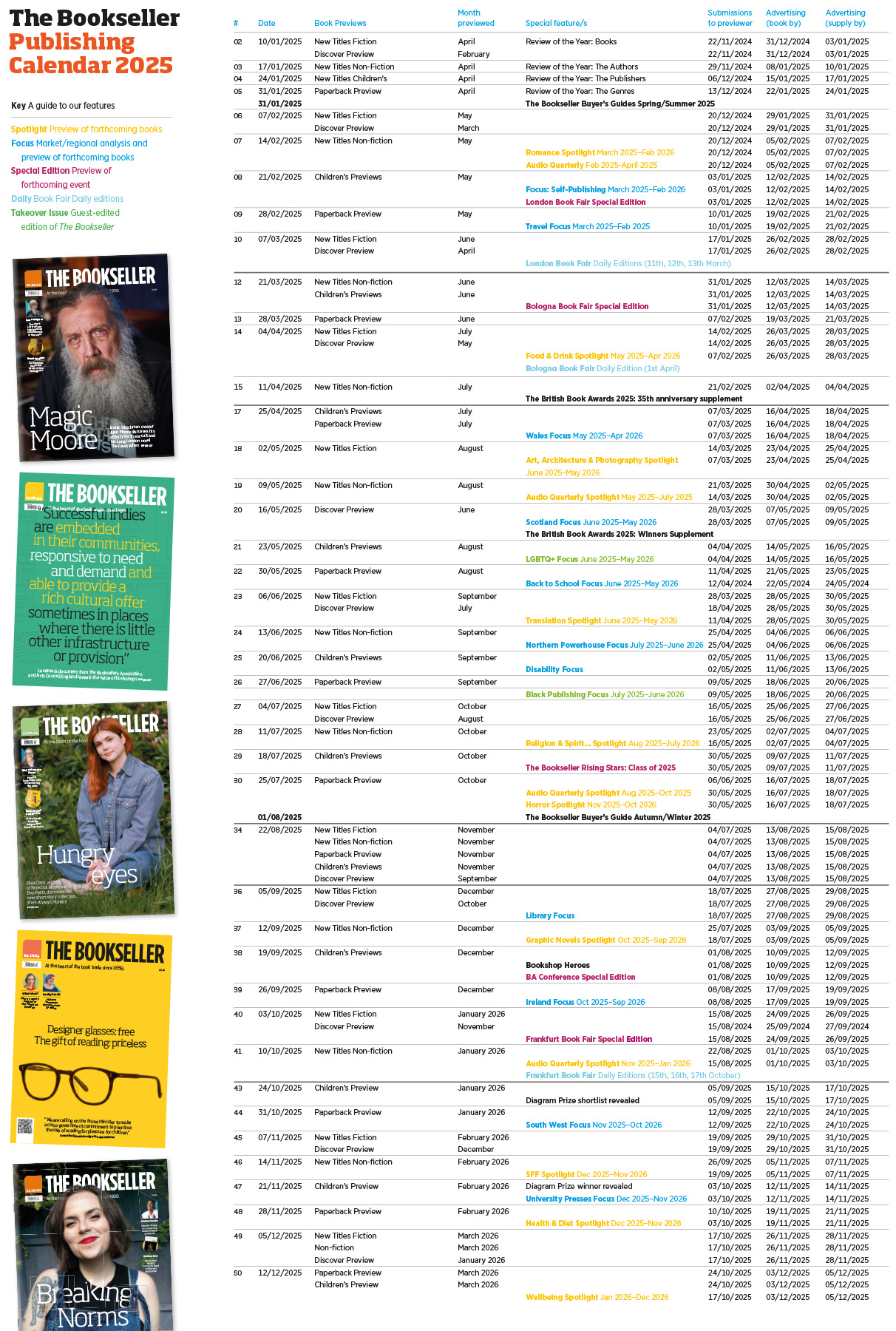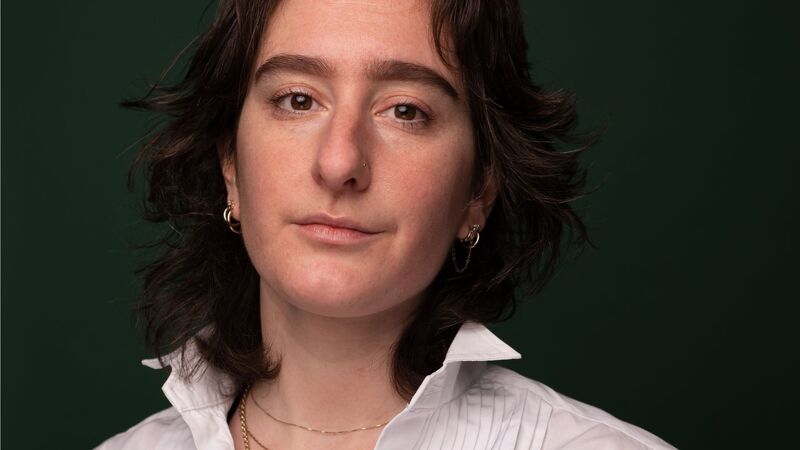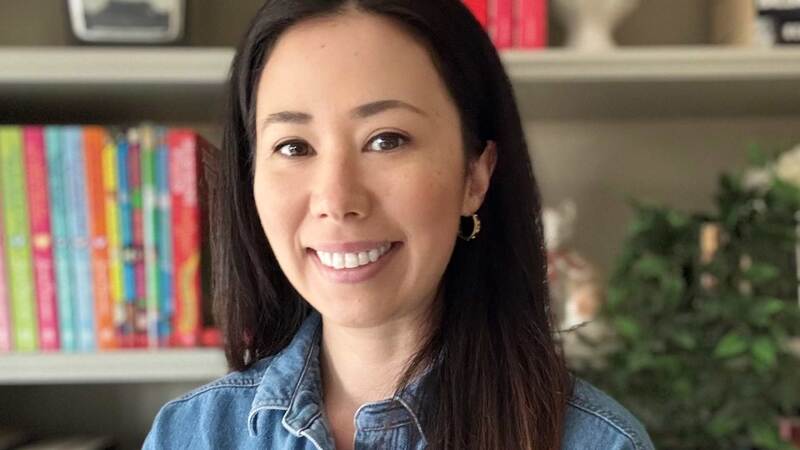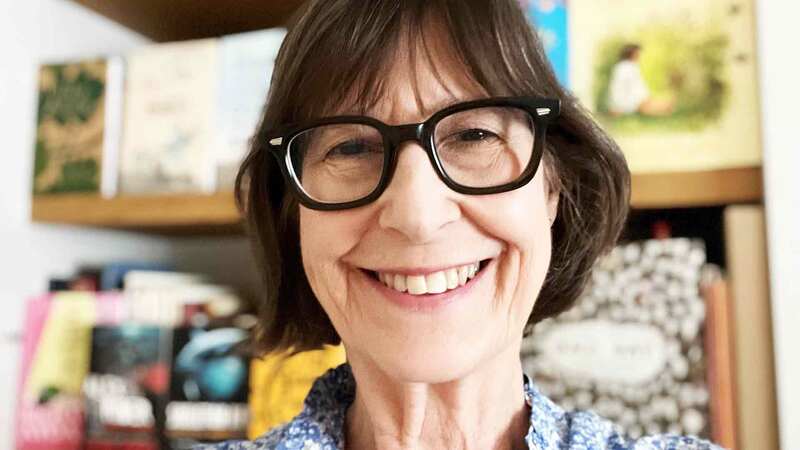You are viewing your 1 free article this month. Login to read more articles.
YA authors of colour in decline, study shows
The number of authors of colour publishing YA books has declined since 2006, a new study has revealed.
For the study ‘The Eight Percent Problem: Authors of Colour in the British Young Adult Market (2006–2016)’, Dr Melanie Ramdarshan Bold (pictured), a senior lecturer at UCL, looked at 8,593 YA novels published in the UK between 2006 and 2016, as identified through the British Library’s British National Bibliography (BNB) database.
She found that only 8% of YA books published during that period were by authors of colour and representation had actually got worse; only 5% of YA authors were writers of colour in 2016 compared to 9% in 2006. Authors of colour were best represented in 2008 when they accounted for 17% of all authors, but the numbers have "declined ever since", she said.
There were fewer male writers of colour published during the decade than female; 78% of authors of colour were female while only 21% of authors of colour were male.
“There have been many conversations surrounding the lack of ‘diversity’ in publishing, in recent years, and I wanted to contribute by finding evidence to prove or disprove what people were saying,” Ramdarshan Bold told The Bookseller. “Like many other people, I suspected the results would be bleak. I do read a lot of YA and you really have to search to find books by authors of colour. However, some of the results did shock me: particularly how poorly British authors of colour, especially male authors, were represented.”
Ramdarshan Bold found that out of all of the individual authors published over the period, 43% were American and 47% were British. British authors dominated market between 2008 and 2012 but that declined from 2014, and only 272 British authors were published in 2016. Over the decade only 1.5% of unique titles were by British authors of colour, peaking in 2013/2014 when Malorie Blackman and Balie Rai both published three titles, and Catherine Johnson published two.
Books published by US authors demonstrated better representation between 2006-16, with 11% written by people of colour, although perhaps because they had already proved they could sell in the US market, she suggested.
When asked how the industry could improve the situation, she said: “I think BAMEinPublishing is a fantastic network, could there be something similar for authors of colour in the UK? Role models, mentors, and support networks are so important to people who are marginalised and might feel isolated.”
The study comes only weeks after the Centre for Literacy in Primary Education (CLPE) revealed a similar lack of representation in books published for 0-11 year-olds. Their study found that of the 9,115 children’s books published in the UK in 2017, only 391 – 4% - featured a BAME character, and only 1% had a BAME main character.


